Northrop Frye's Phase Space
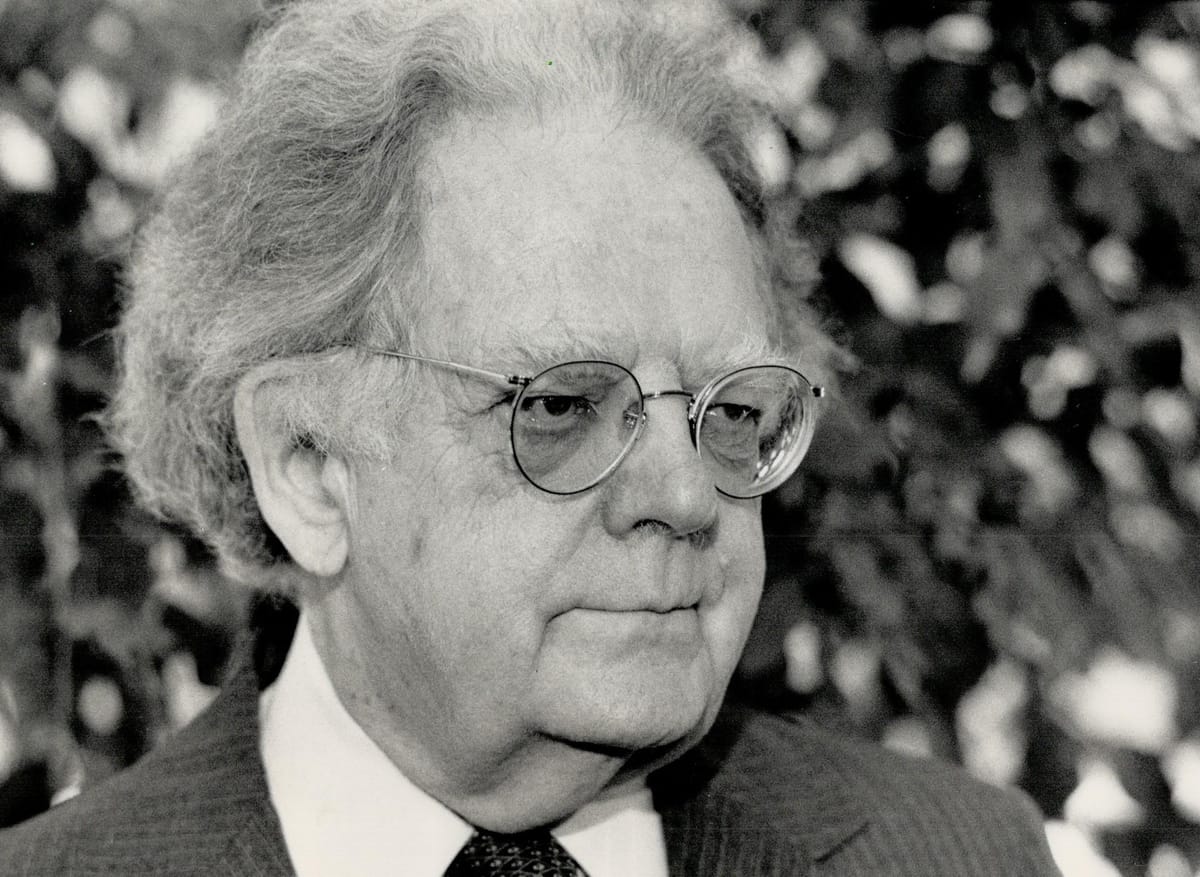
I got my start on Northrop Frye through John J. Reilly's review of his most famous work, Anatomy of Criticism. Since then, I have come to appreciate Frye more and more as I develop my book criticism.
I am most interested in genre fiction, especially adventure fiction written for men, but in order to situate genre fiction within the wider world, it is necessary to understand the breadth and depth of the kind of stories that can be told. Frye is very useful here, because he set out create a "synoptic view of the scope, theory, principles, and techniques of literary criticism".
While I think it is reasonable to claim that Frye's reach exceeded his grasp, he did make an admirable attempt that was remarkably honest in acknowledging its own limitations:
The gaps in the subject as treated here are too enormous for the book ever to be regarded as presenting my system, or even my theory. It is to be regarded rather as an interconnected group of suggestions which it is hoped will be of some practical use to critics and students of literature. Whatever is of no practical use to anybody is expendable.
-- Northrop Frye, Polemical Introduction to Anatomy of Criticism
Thus, I find it beneficial to use Frye as a framework on which to hang ideas, even when I sometimes disagree with him. I hope that he would have approved.
One of the most challenging things about translating Frye's ideas for a contemporary audience is that hardly anyone has read any of the books he uses for examples. Including me! I own a lot of books. I've read a lot of books, but the kind of literacy Frye assumes in his book just doesn't exist anymore!
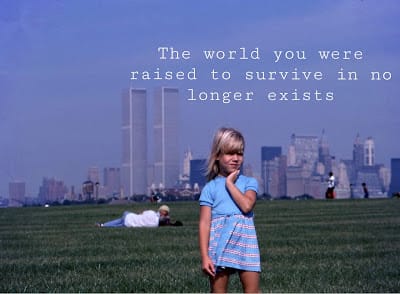
Partly, this is because it has been a very long time. Partly, this is because entertainment has become much broader, with multiple media competing for our attention. And probably also, because a formerly unified culture has been shattered, and we've been left with the pieces.
Therefore, I will do my best to translate Frye's examples into more contemporary illustrations. I am also going to pull from Robert Denham's excellent blog on Northrop Frye. While Frye's work is freely available at both the Internet Archive and Blogspot, his work is so dense and allusive that additional explication can be helpful.
Also like Aristotle, Frye was working with a lack of precise terminology. Literary critics didn't have the kind of unified terms that allow for clear explication, and so Frye was forced to use the terms he had analogically, expanding their meaning gradually through argument and illustration [again, like Aristotle].
What this means is that you are likely to misunderstand what what Frye meant if you are of an excessively literal cast of mind, or if you skip to the end, because the terms cannot really be understood just by looking up Frye's definition and trying to apply it across all cases.
For example, Denham notes that:
Frye does not employ a single method for defining the tragic fictional modes. Nor does he always base his definitions upon the same categories. Although some of his principles are more important than others, he can without warning change the categories which underlie his definitions. He can move easily, for example, from a discussion of the literary effects of low-mimetic tragedy into an account of the writer himself when the subject becomes ironic tragedy (AC, 39–40).

Frye's system is much more flexible and intuitive than it first appears, which is what Reilly noted about it:
Anatomy of Criticism would not be so notable if it were a static taxonomy. It is more like a phase space, a model that describes every possible state of the system through time.
A phase space is created by looking at the relative change between two points in the space, and noting the direction and magnitude of that change. If you already know the form of the problem, a phase space can be generated analytically from first principles. But if you don't, then you need to build it up by looking at lots of smaller changes and trying to identify the underlying pattern.
This is a thing I do in my own engineering work, and Frye did something very similar:
The conception of a sequence of fictional modes should do something, let us hope, to give a more flexible meaning to some of our literary terms. The words "romantic" and "realistic," for in stance, as ordinarily used, are relative or comparative terms: they illustrate tendencies in fiction, and cannot be used as simply descriptive adjectives with any sort of exactness. If we take the sequence De Raptu Proserpinae, The Man of Law's Tale, Much Ado About Nothing, Pride and Prejudice, An American Tragedy, it is clear that each work is "romantic" compared to its successors and "realistic" compared to its predecessors.
Frye felt that the purpose of criticism was to correctly identify where a given work would lie within his phase space, but did not want to get mixed up in matters of taste:
I believe that if this distinction is maintained and applied to the critics of the past, what they have said about real criticism will show an astonishing amount of agreement, in which the outlines of a coherent and systematic study will begin to emerge. In the history of taste, where there are no facts, and where all truths have been, in Hegelian fashion, split into half-truths in order to sharpen their cutting edges, we perhaps do feel that the study of literature is too relative and subjective ever to make any consistent sense. But as the history of taste has no organic connection with criticism, it can easily be separated.
And while that line about splitting all truths into half truths to sharpen their cutting edges is remarkably perceptive, this is one of the most important places I deviate from Frye. I very much do want to get into matters of literary quality, and I think an Aristotelian framework is very good for that purpose.
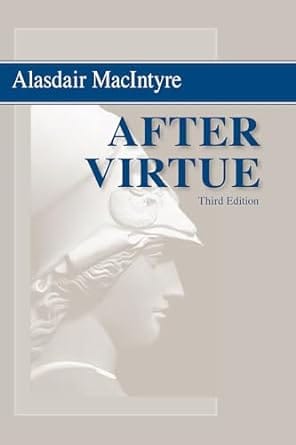
In this, I follow Alasdair MacIntyre's argument in After Virtue.
By a 'practice' I am going to mean any coherent and complex form of socially established cooperative human activity through which the goods internal to that form of activity are realized in the course of trying to achieve those standards of excellence which are appropriate to, and partially definitive of, that form of activity, with the result that human powers to achieve excellence, and human conceptions of the ends and goods involved, are systematically extended.
...
For if the conception of a good has to be expounded in terms of such notions as a practice, of the narrative unity of a human life and moral tradition, then goods, and with them the only grounds for the authority of laws and virtues, can only be discovered by entering into those relationships which constitute communities whose central bond is a shared vision and understanding of goods.
Storytelling is a practice in MacIntyre's terms, and it has characteristic human goods embedded in it. Frye was engaged in a project that was very mid-twentieth century liberal in intent, of attempting to create a internally defined, almost scientific view which would be neutral between competing conceptions of the good. The lesson I learned from MacIntyre is that this is not possible, and in fact was always inherent in the enterprise because it is right there in the part of Aristotle's Poetics that Frye used as his framework.
Thus, when I talk about Frye's model of stories, I am going to be doing so in an explicitly Aristotelian-Thomist framework, because in order to assess stories, we need to know their telos, what they are for.
Now that I've laid out this introductory material, we will be able to delve into Frye's phase space in greater detail in a future post.
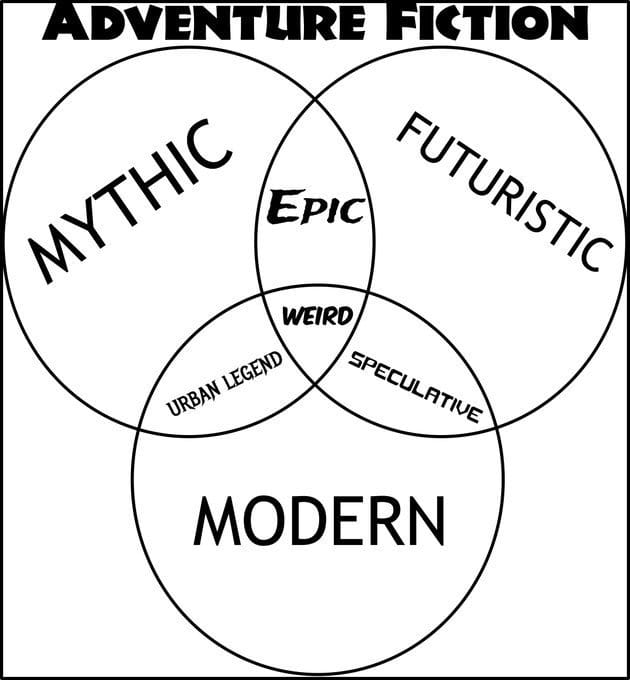
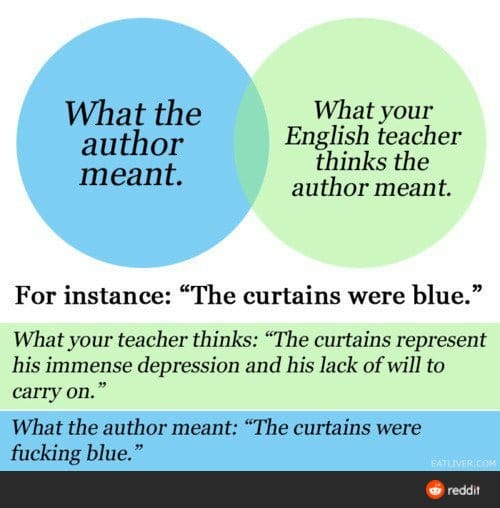
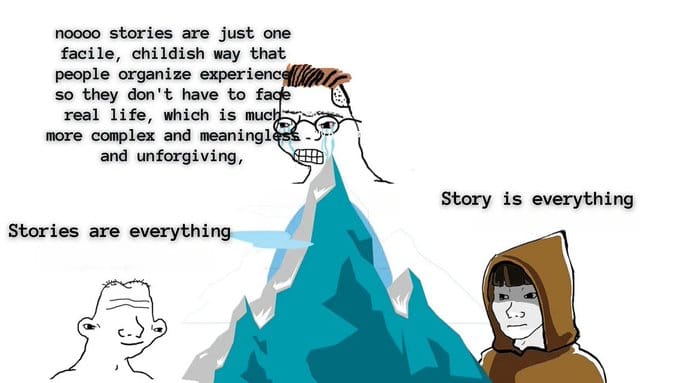

Comments ()